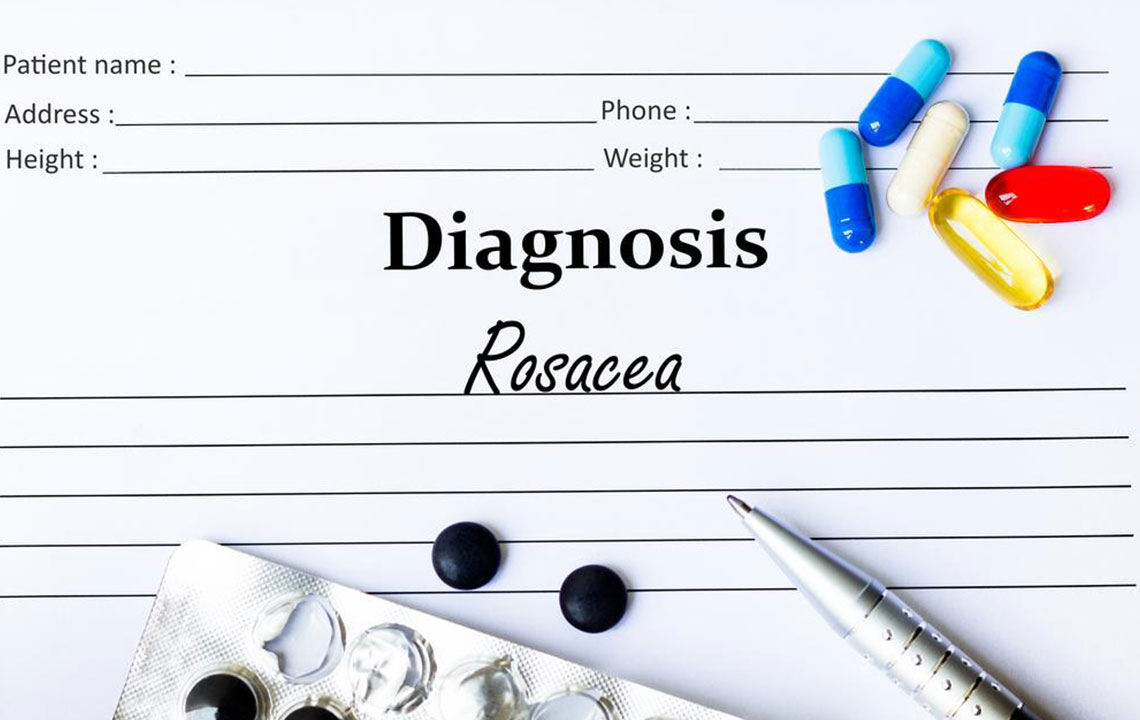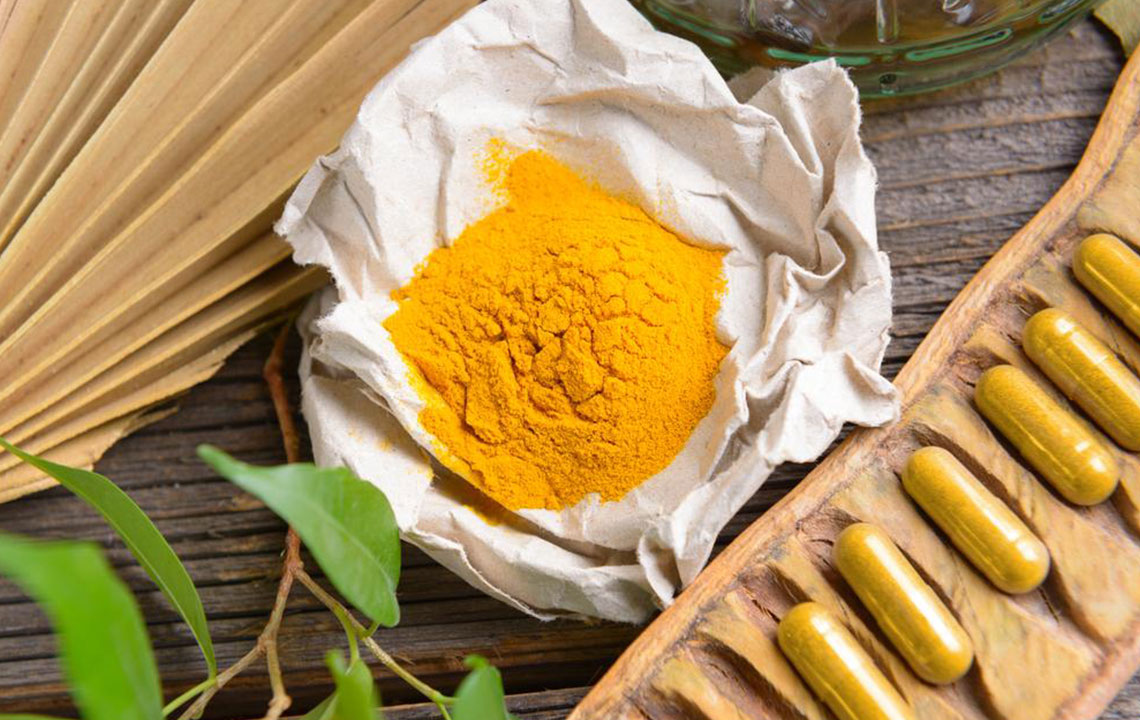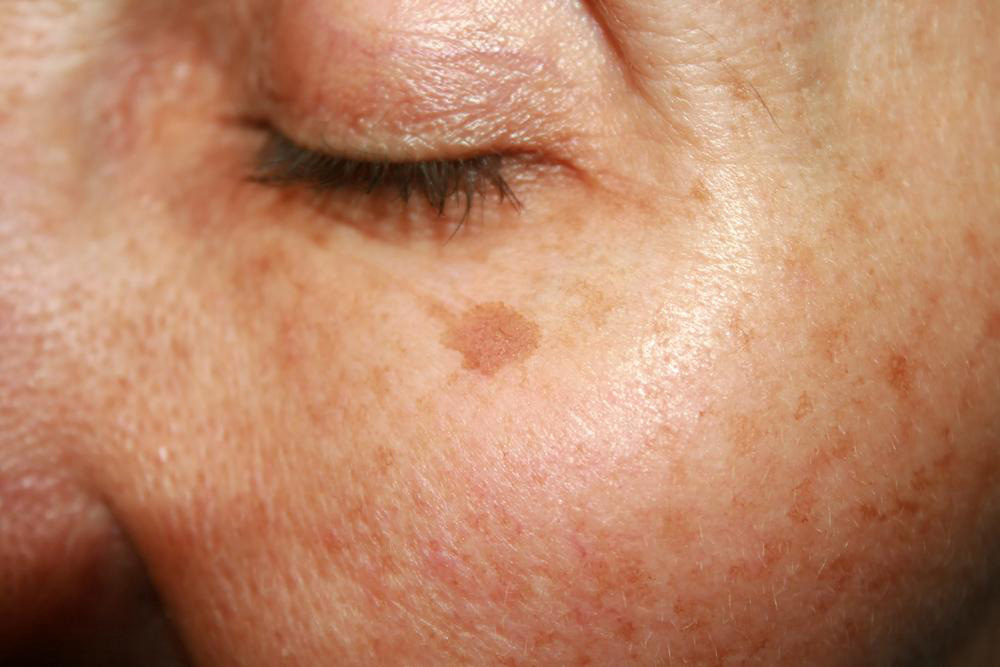Top Strategies for Managing Rosacea Effectively
Discover effective strategies to manage rosacea with natural remedies and medical treatments. This comprehensive guide covers essential oils, home remedies, lifestyle tips, and professional procedures to control redness, inflammation, and skin irritation. Learn how diet, stress management, and targeted therapies can improve skin health and reduce rosacea symptoms for lasting relief.

Top Strategies for Managing Rosacea Effectively
If you notice persistent redness and visible blood vessels on your face, you might be experiencing rosacea. Tiny, red bumps filled with pus can also appear. These symptoms may come and go over weeks or months, often mistaken for allergies or acne. Rosacea can affect anyone, but while there's no permanent cure, symptoms can be managed significantly. So, what are the most effective ways to treat rosacea?
Home Remedies for Rosacea
Essential Oils Treatment
Melaleuca and Lavender oils are beneficial for soothing skin affected by rosacea.
These oils have anti-inflammatory properties that promote faster healing. Mix one tablespoon of almond, coconut, or avocado oil with 2 drops of Melaleuca or Lavender oil in a roller container. Apply this blend to affected areas before bedtime for relief.
Green Tea Alleviates Symptoms
Prepare a cup of green tea, chill it in the refrigerator for 30 minutes, then soak a cloth in the tea and gently press it on rosacea-affected spots. Green tea’s anti-inflammatory and antioxidant qualities help reduce redness and swelling.
For additional relief, drink green tea regularly as its antioxidants combat inflammation.
Apple Cider Vinegar as a Natural Remedy
Consuming diluted apple cider vinegar helps balance internal pH, which may ease rosacea symptoms. Mix one teaspoon of organic ACV in a cup of water, adding honey if preferred, and drink. For external use, prepare a mixture of 2 tablespoons of ACV with 8 tablespoons of water, soak a cloth in it, and apply to affected skin for 10 minutes, then rinse thoroughly. This can exfoliate skin and even out skin tone.
Oatmeal Calm-Down
Grind a handful of oats into a powder, then mix 1/4 cup water with 1/2 cup ground oats to form a paste. Apply to the skin, let sit for 20 minutes, then rinse with cool water. Oatmeal’s soothing properties help nourish and calm irritated skin.
Aloe Vera’s Healing Power
Applying fresh aloe vera gel to affected areas twice daily provides significant relief from rosacea. Eating 1 tablespoon of aloe vera juice daily can accelerate healing. Its anti-inflammatory properties are well-known for skin restoration.
Omega-Rich Flaxseed Oil
Boasting fatty acids that fight inflammation, flaxseed oil can be taken orally—one teaspoon three times daily—to help reduce redness and swelling.
Honey’s Moisturizing Benefits
Honey acts as a natural humectant, maintaining skin hydration without oiliness. Massage it onto affected areas, leave for 20 minutes, then wash with warm water for smooth, moisturized skin.
Medical Approaches for Control
Medical treatments primarily aim to control rosacea symptoms. Doctors may prescribe medications like brimonidine to temporarily constrict blood vessels and reduce redness, often providing noticeable results within hours. Oral antibiotics such as Doxycycline, Minocycline, or Tetracycline are used to combat bacteria and reduce inflammation. Severe cases might require isotretinoin for faster, more potent relief.
Clinically Approved Therapies
Procedures like laser therapy, electrosurgery, and intense pulsed light (IPL) are common to diminish redness and visible blood vessels.
Adopting lifestyle changes can help manage rosacea. Managing stress through yoga or meditation lowers triggers. Avoid fried, processed, and sugary foods, instead including anti-inflammatory items like cruciferous vegetables, garlic, onions, turmeric, and ginger to support skin health.










